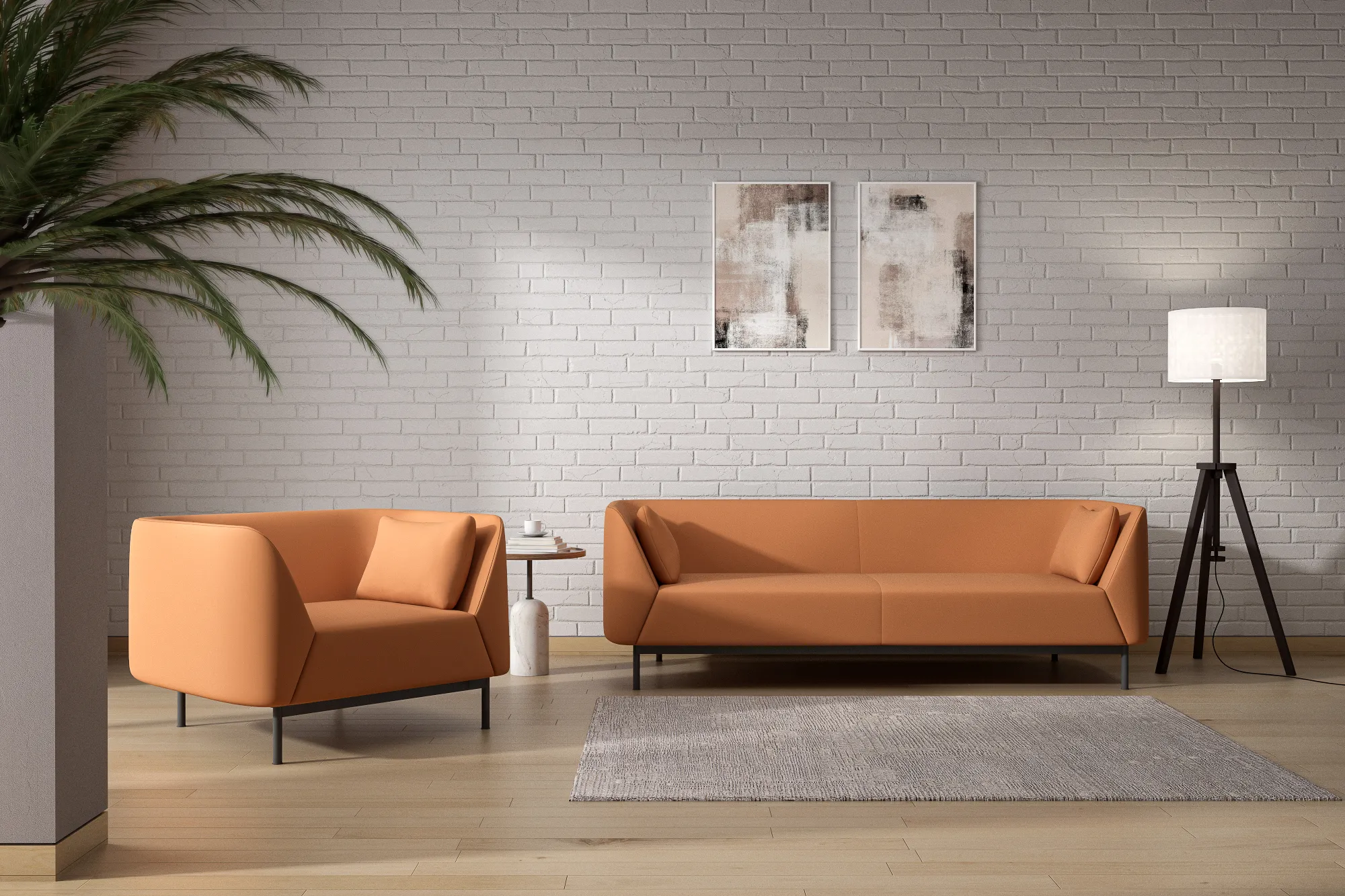
In the contemporary furniture industry, characterized by the need for innovation and rapid production, furniture rendering technology. Enabling the creation, by manufacturers, designers, and marketers, of photo-realistic digital furniture models, has revolutionized the furniture rendering industry. Apart from aesthetic value, the advantages of 3D furniture rendering include increased accuracy in design. Cost reduction, increased marketing effectiveness, and faster decisions. 3D furniture rendering technology has transformed business operations and customer relations.
What is Furniture Rendering?
Furniture rendering refers to the production of photo-realistic high-quality 3-D visualizations of specific furniture pieces through the use of advanced computer software. Rather than depend on physical prototypes or conduct photo shoots of the furniture pieces. Firms can design digital models that approximate the actual furniture piece and present them to clients and customers. Advanced rendering technology facilitates the simulation of realistic lighting. Various materials and textures that helps in the design visualization and final production of the furniture piece.
Regarding the simplification of design and prototyping, furniture rendering is one of the major assets in the industry. In the past, the process of creating sample furniture took a considerable amount of time and resources because of the different stages of creating, sampling, testing, and production. With 3D rendering, designers can create a furniture product, render it, and make adjustments in a completely virtual space without wasting material or time.
Shifting the approaches towards a digital model increases the speed of gaining approvals and lessens the risk of material prototyping. Manufacturers are able to gain a competitive advantage on the market because last minute adjustments and changes to the design can be implemented without worrying about material costs. In addition, 3D rendered furniture produces a precise and accurate vision. Creating a single and unified vision of the product before production, bridging the gap between the designers and the customers.
3D Furniture Rendering
Distinctively, one of the unique advantages of furniture rendering is the enhancement of marketing and sales. It removes the need to carry out photoshoots and manipulations to create marketing resources. Higher end 3D photos of the rendered furniture can be used in promotions and dispersed throughout different marketing channels, bringing limitless flexibility and imagination to the different and manipulative marketing resources.
3D renderings are important for eCommerce brands. They enhance online listings by enabling consumers to see the furniture in different configurations. They also allow marketers to use rendered visuals as the basis for AR (augmented reality) and VR (virtual reality) applications that let consumers “test” furniture in their homes. Such immersive experiences are confidence boosters for consumers, which, in turn, positively impacts conversion rates.
Sustaining Customization and Minimizing Costs
Today’s consumers crave individuality, and there is a new demand for rendered furniture to allow for customization as a means of inventory reduction. Through the use of computer graphics software, furniture designers can offer a limitless range of design change e.g., different materials, colors, fabrics, and textural finishes, and structural configurations, long before the first item is made. Customers are also offered design tools that let them change and personalize furniture and see their choices in real time.
This enhanced experience also positively impacts brands and reverse inventory management because reduction of physical bulk stock involves less maintenance. Rather than keeping multiple versions of a product in a warehouse, it can be produced on demand. This leads to more efficient resource use in production and waste reduction, thus improving the overall sustainability of the business.
Consistent and Global
Furniture brands can find it difficult to present the same product visually, given multiple marketing channels and differing global markets. However, furniture rendering can mitigate this issue by providing uniform and global reach. Whether it be an online catalog, a social media post, or a show presentation, rendered images guarantee consistent quality, and accurate representation of design regardless of a marketing channel.
Moreover, rendered imaging software can be shared digitally and modified, making global team collaborations more effortless. Once a design is approved in one region, it can be instantly circulated and marked in another region, thus eliminating the delays of physical shipping and photography. This rapid cross-border sharing and the integration of various marketing materials allow brands to more rapidly capture new market territories and visually cohesive marketing materials.
Rendering furniture for marketing materials also brings advantages of cost and waste reduction. Particularly, traditional furniture production is wasteful in terms of materials by making multiple redundant samples, and expensive through logistical transportation. Rendering images of furniture allows for design modification without waste, making for more sustainable operations.
Additionally, 3D visualization helps companies cut overall photography. Shipping, and setup costs, as rendered images take the place of multiple photoshoots. Even for custom orders, 3D rendering helps clients visualize what they are getting. Which increases the chances of satisfaction and decreases the risk of returns.
Faster Time-to-Market and a Competitive Edge
In the rapidly changing furniture industry, time is a crucial factor. By significantly decreasing the time needed to take a design from concept to market. Furniture rendering offers companies a competitive advantage. Instead of spending months to design and visualize new furniture collections. Companies can do both in a matter of weeks. Firms can even design seasonal collections and subsequently launch digital marketing campaigns before the production phase begins.
Such speed increases revenue and improves market position in the face of competition. Firms that use traditional design methods are more likely to fall behind as the use of instant product visualization encourages rapid decision-making and approval processes. Resulting in a more flexible business model overall.
Read Also: Why Your Furniture Business Needs 3D Rendering Services
Conclusion
The advantages of furniture rendering are clear and affect every part of the product life cycle, from concept to customer. It enhances design and prototyping, streamlining marketing and sales processes. Empowering customization, improving inventory management, and providing consistency to a business with global operations. Most importantly, it increases a company’s ability to respond to market shifts. Improves sustainability, and helps balance the goals of profit and social responsibility.
With customer engagement driven by visuals and innovation signaling success, 3D furniture rendering has become essential. As a furniture designer, manufacturer, or marketer. The incorporation of 3D rendering tech into one’s workflow not only enhances one’s brand and customer satisfaction, but also ensures the sustainability of one’s business in the furniture industry.

Great breakdown of how 3D furniture rendering is reshaping both design and marketing workflows. I especially like how you highlighted its role in reducing prototyping costs while speeding up decision-making. It’s interesting to see how realistic visualization notBlog comment creation only streamlines production but also helps clients better imagine the final product before it’s even made.